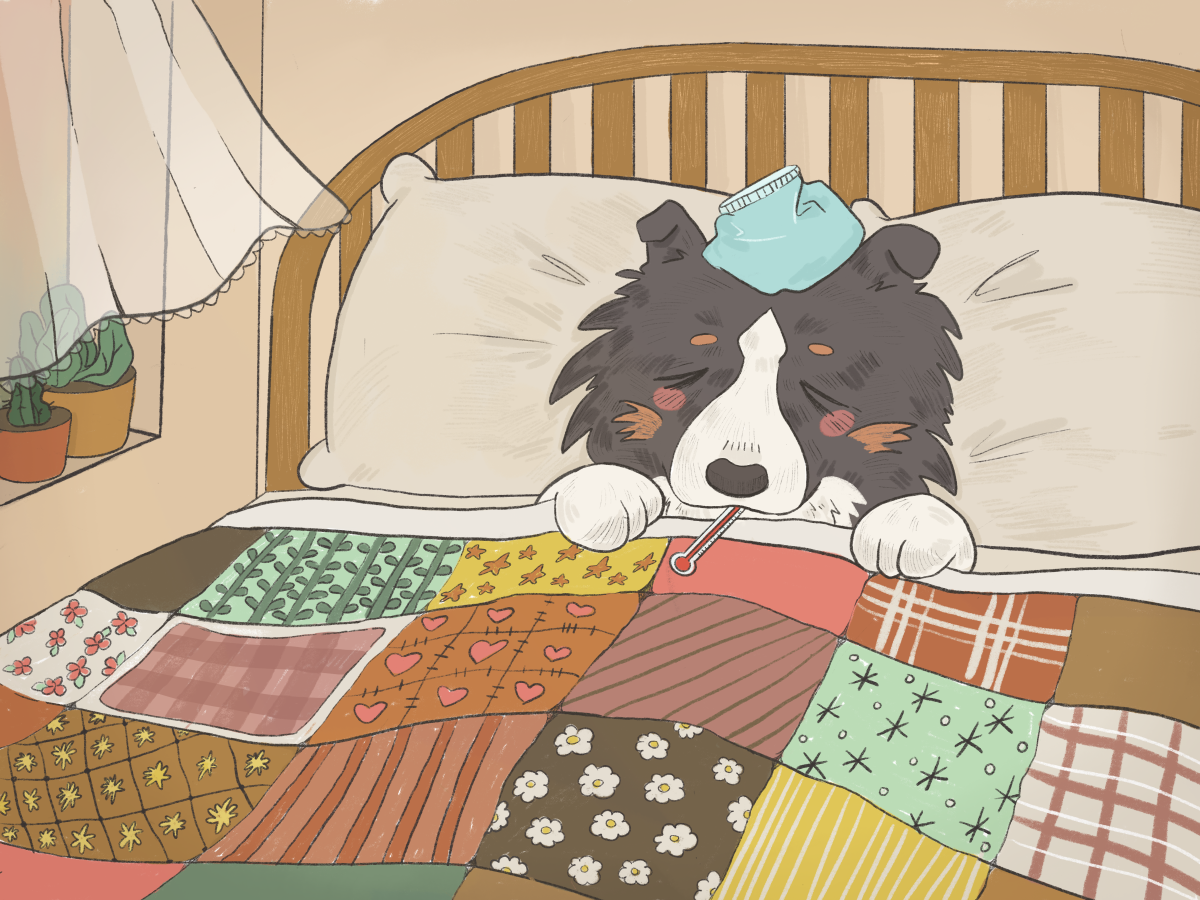The Wake County Animal Center announced it will extend its closure until the end of November due to a local canine influenza outbreak.
Meagan Thomas, community outreach manager for the Wake County Animal Center, said the center started recording cases at the end of September and closed Oct. 6. She said upper respiratory infections and kennel cough commonly break out in shelters, but the center knew it had a bigger problem when two owned dogs at the shelter died.
“We’re over max capacity, we’ve got dogs coughing and sneezing, it’s everyday here,” Thomas said. “When we all of a sudden had a couple of dogs come in that were owned dogs from our community who then went on to pass away — that was not normal. When it all came back canine influenza, we knew we had a bigger issue on our hands just because of how quickly that virus can spread.”
Sandra Strong, a professor of veterinary medicine and the animal services director at Orange County Animal Shelter, said there are two strains of the virus: H3N8, which has been in the U.S. for decades and H3N2, a newer strain that first arrived in the country in 2015 and the variant that is now spreading across the Triangle.
Strong said the major difference between the two strains is the shedding period, or the time in which dogs remain infectious. H3N2 has a longer shedding period and is particularly concerning in animal shelters, where dogs are close and spread disease more easily.
“Once it gets in a shelter, it’s really worrisome because dogs there are closely confined, they’re already stressed, which can interfere with the immune system,” Strong said. “H3N8 only sheds about seven to 10 days, so you can quarantine and then be done with it; whereas, this H3N2 canine influenza sheds for 21 days.”
Kimberly Ange-Van Heugten, a professor of animal science, said canine influenza shares similarities with the human flu. Dogs infected with the virus may experience symptoms of runny nose, crusty eyes, coughing, reduced appetite and fatigue. In severe cases, the virus can lead to pneumonia and require medical care, especially for young, old or immunocompromised dogs.
Thomas said the dogs who introduced canine flu in the shelter were not strays, but dogs who were out in the community regularly and were visiting for the center’s services.
“That really alerted us that this wasn’t necessarily a shelter problem — of course, it became a shelter problem once those animals came in and shed that disease and spread it to our population — but the much bigger concern was that this is in our community,” Thomas said. “Not only do we need to shut down our operations to save our population, … we need our community to know that this is out there so that they could discontinue going to the dog park, going to doggy daycare [and] that doggy daycares and boarding places could be aware that this is in our community now.”
The virus primarily spreads in social settings with nose-to-nose contact among dogs. However, Strong said the virus can survive on objects for up to 24 hours and she discourages the use of communal water bowls.
To prevent the spread of the virus, Strong said she recommends temporarily avoiding taking dogs out to public places, shelters, dog parks and grooming facilities, as well as being aware of where dogs interacting with your dog have been. Vaccines are available for prevention, but they are not part of the routine vaccine schedule for dogs. Additionally, Strong said vaccine availability might be limited due to high demand.
“We’re not recommending people bring their dogs to the shelter because we’re more worried about a pet dog introducing the virus to the shelter,” Strong said. “If you have friends and you’re used to your dogs all interacting and playing, that’s great. Just be aware of where all the dogs are going and what they’re doing.”
Thomas said the biggest help the center can receive from the community is assistance with fostering dogs. Once a dog has been quarantined with a foster for two to three weeks, rescue agencies are more likely to adopt them into their program and assign them a long-term foster home.
Thomas said community members can be proactive by joining lost and found pet groups on social media, to help lost pets find their homes during a time when the center is unavailable to hold lost pets.
Strong said although this is the largest outbreak the area has seen, pet owners should not be terrified of the virus.
“Most dogs, even if they get influenza, it’s just like most people with the flu,” Strong said. “They’re gonna get sick, they’re gonna not feel well, but they’re gonna get better. … If you are worried that your dog is sick, call your veterinarian.”
Resources to help the center can be found on the organization’s website. Funding requests and canine influenza updates are regularly posted on the center’s Instagram and Facebook pages.













